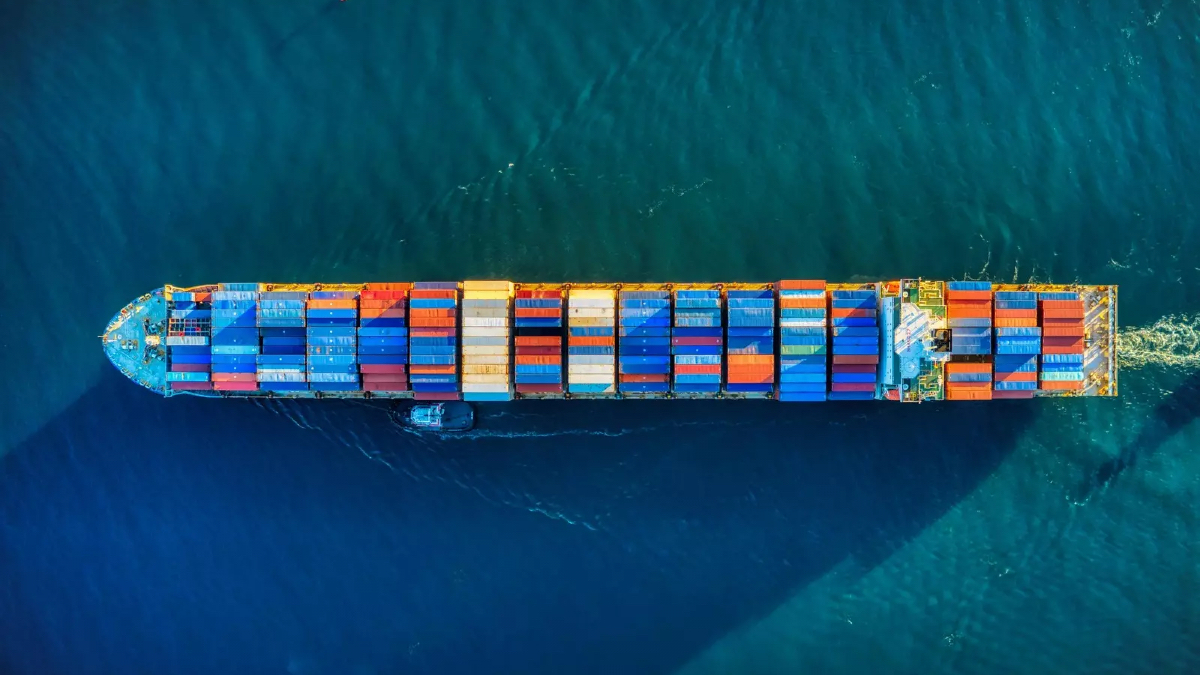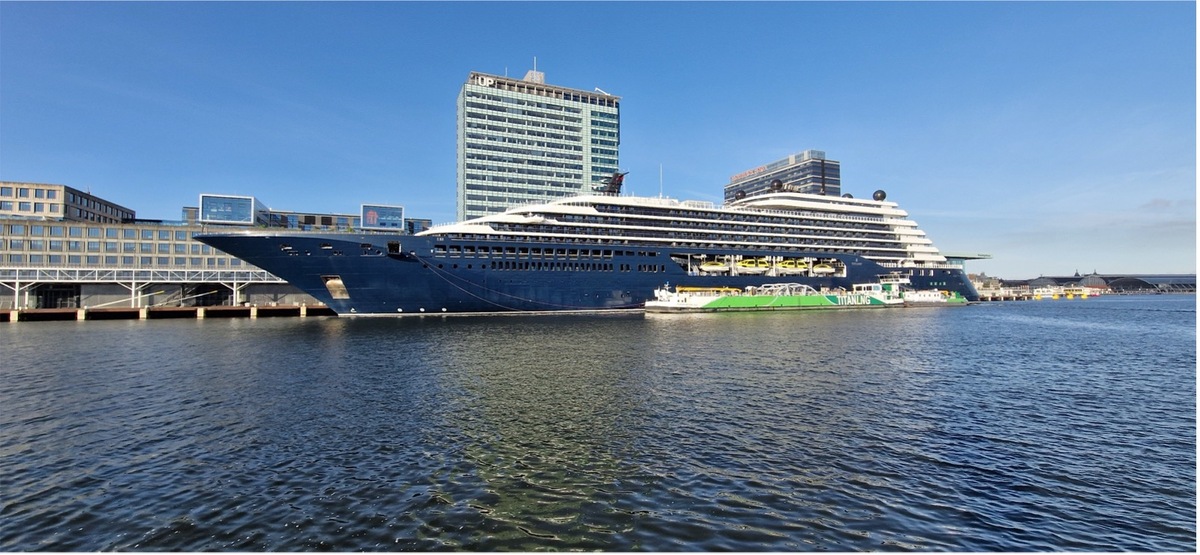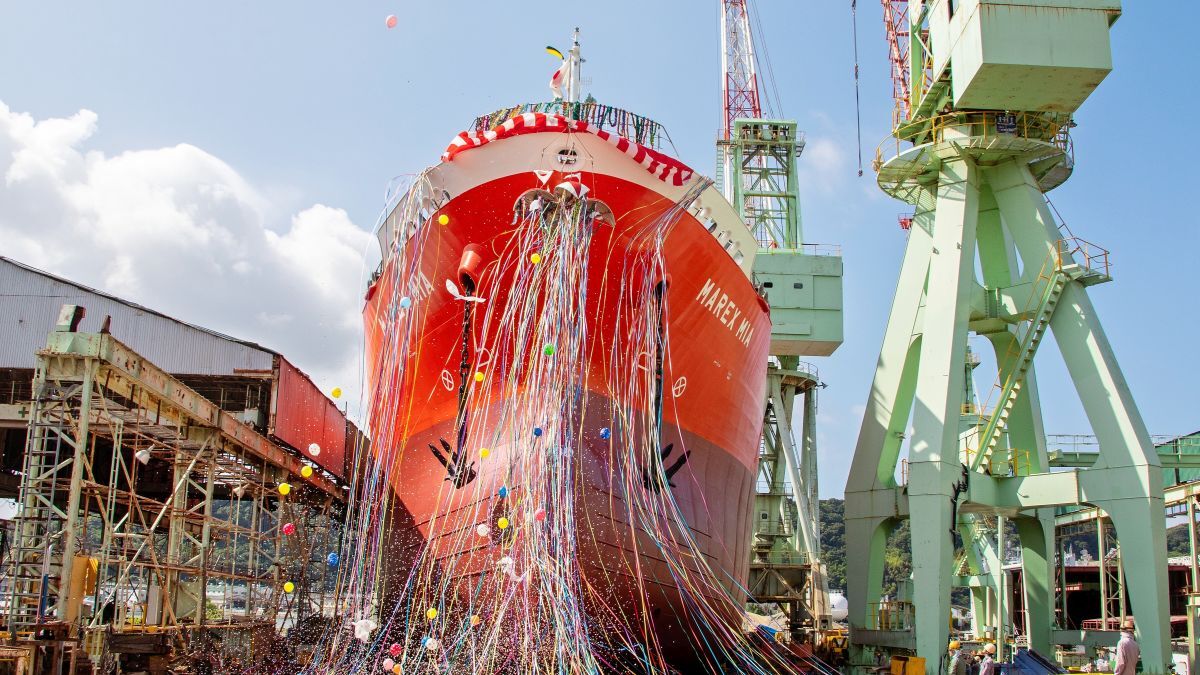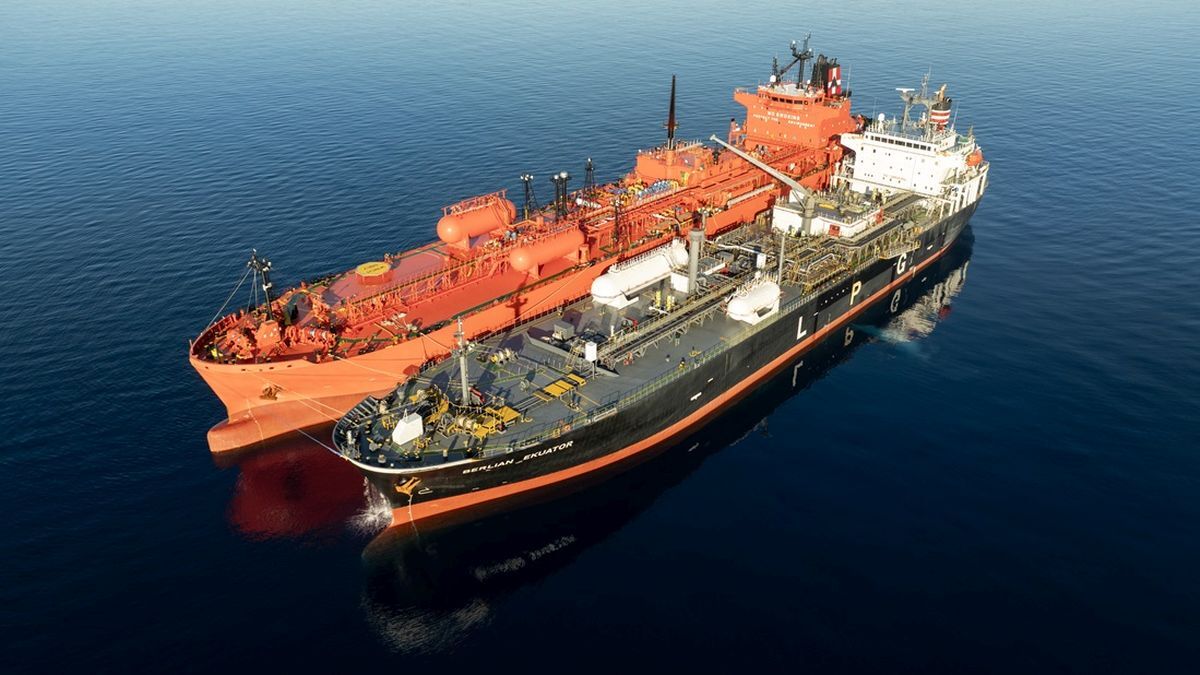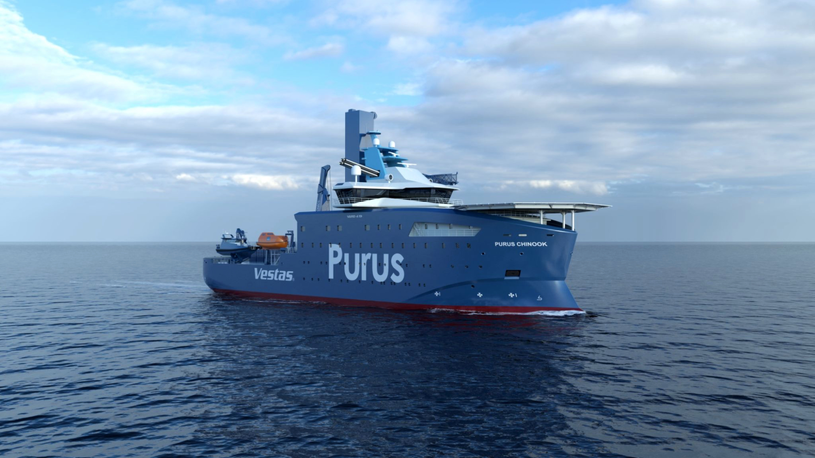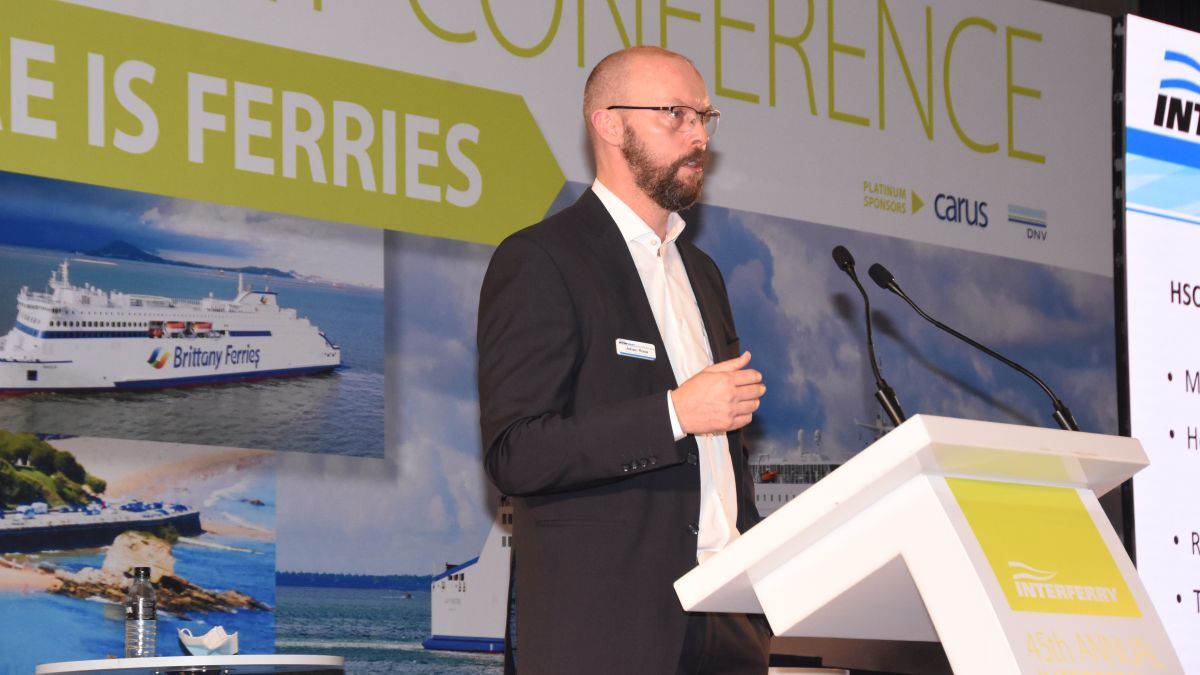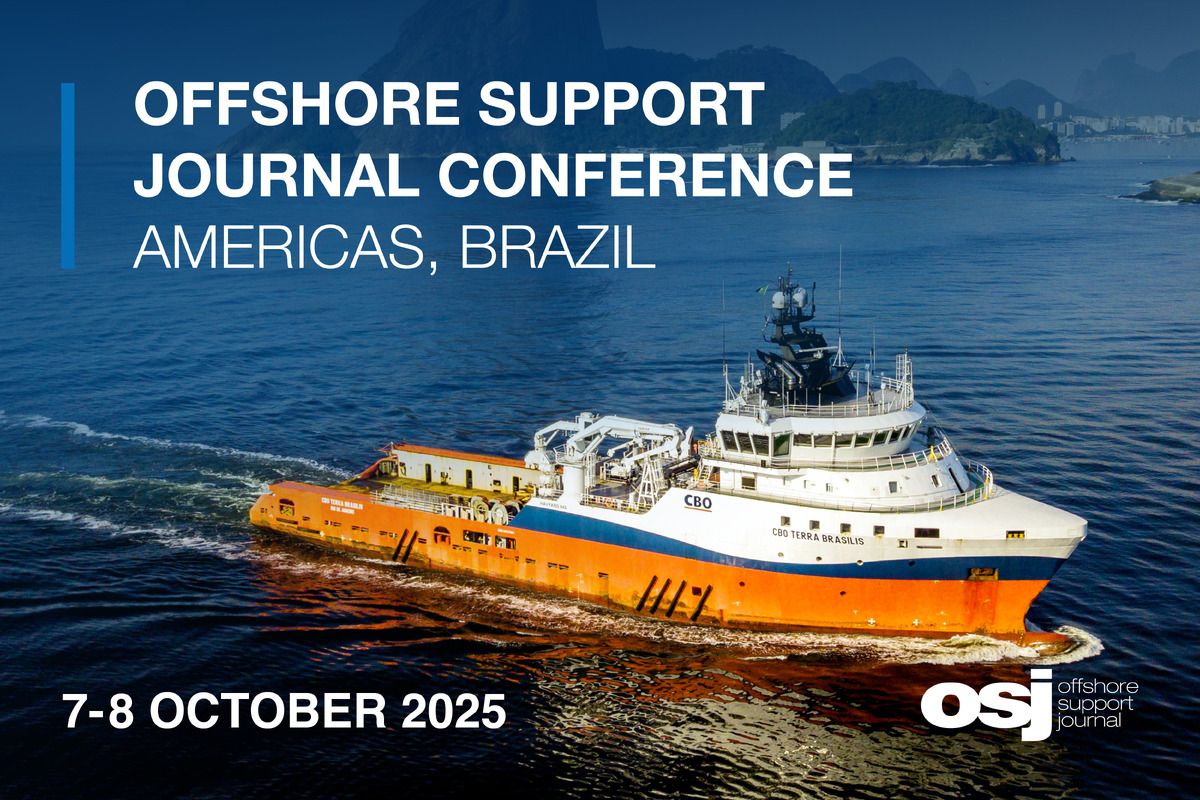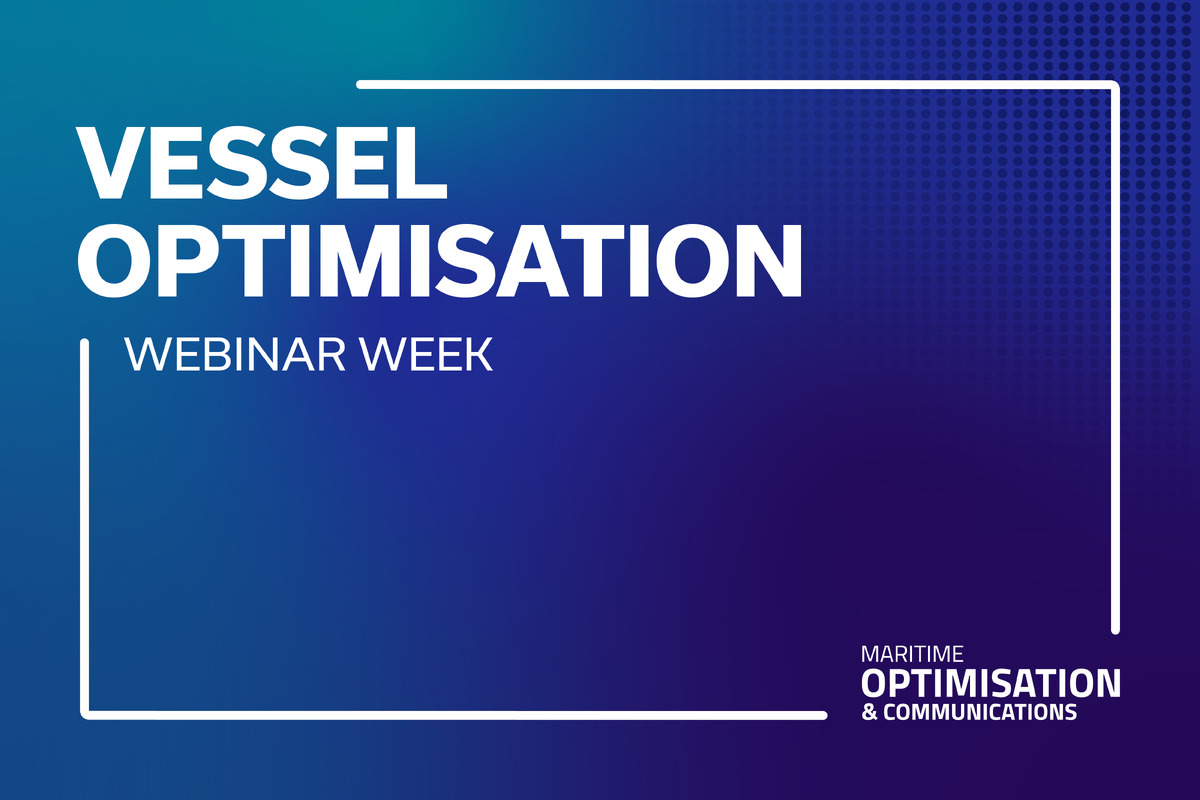Business Sectors
Contents
Register to read more articles.
More global ECAs bring more operational and safety risks
New ECAs for Canadian Arctic, Mediterranean and Norwegian Sea will require ships to perform more frequent fuel switching operations, increasing operational and enforcement risks
Fuel switching operations will ramp up further over the next three years, driven by an increasing number of global emissions control areas (ECAs). By 1 May 2025, a new Mediterranean ECA will become effective, followed by the designation of the Canadian Arctic and Norwegian Sea regions as ECAs in March 2026. Both these new ECAs will come into force as of 1 March 2027, raising the total number of global ECAs to seven.
An article by Blank Rome partners Luke Reid and Jeanne Grasso and associate Holli Packer provides valuable insight into why the growing number of new ECAs and similar local emissions control regimes present increasing operational, safety and compliance risks.
For starters, the authors say the proliferation of new ECAs and regional emissions regimes increases the possibility that vessels will cross ECA boundaries – sometimes multiple times on a single voyage – and on a more frequent basis.
When operating in an ECA, vessels that are subject to the requirements in Marpol Annex VI, Regulation 14 must use a fuel with a sulphur content of 0.10% or less. When operating outside an ECA, most vessels use very low sulphur fuel oil (VLSFO) with 0.50% sulphur content. Additionally, ships can comply using an approved exhaust gas cleaning system, also known as scrubber.
Before entering an ECA, a crew must carefully undertake a fuel changeover procedure, allowing sufficient time for the fuel supply system to be fully purged of non-compliant fuel. Outside of an ECA, most ships that do not have scrubbers fitted primarily operate on VLSFO. Upon approaching a designated ECA, such vessels undergo fuel switching to meet the more stringent emissions requirements within the ECA of 0.1% sulphur content. Upon leaving the ECA, this process is essentially reversed.
Scrubber-equipped vessels must also comply with requirements for scrubber washwater, including the US EPA’s Vessel General Permit or state discharge regulations in the United States. California does not permit the use of scrubbers.
Changeover risks
According to the article, Navigating Emission Control Areas: Operational, Legal, and US Enforcement Risks of MARPOL Annex VI’s Low Sulphur Fuel Requirements, more frequent fuel changeover operations increase the potential operational and safety risks, such as fuel contamination, engine damage, fuel leaks or loss of propulsion incidents, which in turn translate into heightened legal and enforcement risks. Fuel leaks can lead to a pollution incident, crew injury or fatality, or an engineroom fire, while the loss of propulsion can lead to operational disruption, a potential collision or catastrophic accident in port.
“Fuel changeovers, while necessary for regulatory compliance, pose safety considerations” say the authors.
“Given this expansion of ECAs worldwide, and the growing patchwork of other related port state emissions requirements, it is more important than ever to revisit the various legal and operational risks that have emerged over time, particularly those in the United States, to ensure compliance and mitigate potential risks,” says Blank Rome.
Sign up for Riviera’s series of technical and operational webinars and conferences:
- Register to attend by visiting our events page.
- Watch recordings from all of our webinars in the webinar library.
Related to this Story
AI, digital twins help design cyber-secure, green SOVs
Events
Offshore Support Journal Conference, Americas 2025
LNG Shipping & Terminals Conference 2025
Vessel Optimisation Webinar Week
© 2024 Riviera Maritime Media Ltd.


